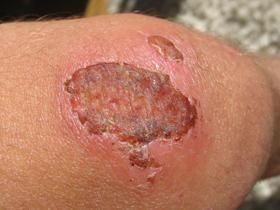This topic takes on average 45 minutes to read.
There are a number of interactive features in this resource:
 Biology
Biology
 Chemistry
Chemistry
 Human biology
Human biology
Although we often use the term mitosis to describe the entire process, cell division is not mitosis. Mitosis is the division of the nucleus, the process that ensures that the daughter cells produced have identical sets of chromosomes. Successful cell division depends on three stages: the replication of the DNA and cell organelles in interphase, the division of the nucleus in mitosis and the subsequent division of the cytoplasm and formation of new surface cell membranes and, in plant cells, cellulose cell walls which is described in detail on the next page
Key times and places where mitosis takes place include:
Site of mitosis
Development of an embryo in animals and plants, followed by fetal development in animals. The single cell produced by gamete fusion, divides by mitosis forming entire new organisms.

Germination in plants. The rapid growth of the radical and plumule in a germinating seed depends on rapid mitosis.

Growth in animals and plants. In animals mitosis for growth takes place throughout the organism until the animal is an adult and growth stops. In plants mitosis takes place throughout life in growing regions called the meristems.

Replacements as cells wear out. The cells of the skin and bone marrow are sites of active mitosis replacing skin cells and red blood cells that only have a limited life.

Repair. When an area of tissue is damaged internally or externally, mitosis is used to repair the damage.

In cells that are not actively dividing it is not easy to identify the chromosomes that carry the genetic information. The DNA is a mass of loosely coiled threads. At this stage the DNA can be replicated. Once a cell starts to divide, the DNA becomes packaged more tightly so the chromosomes become shorter and denser. As they condense, chromosomes will take up stains allowing them to become visible under the light microscope. By the beginning of mitosis, the nucleosomes have coiled and supercoiled to produce the chromosome structure we can see under the microscope.

The loose structure of DNA in a cell between divisions becomes organised into condensed structures visible under the microscope at the beginning of mitosis